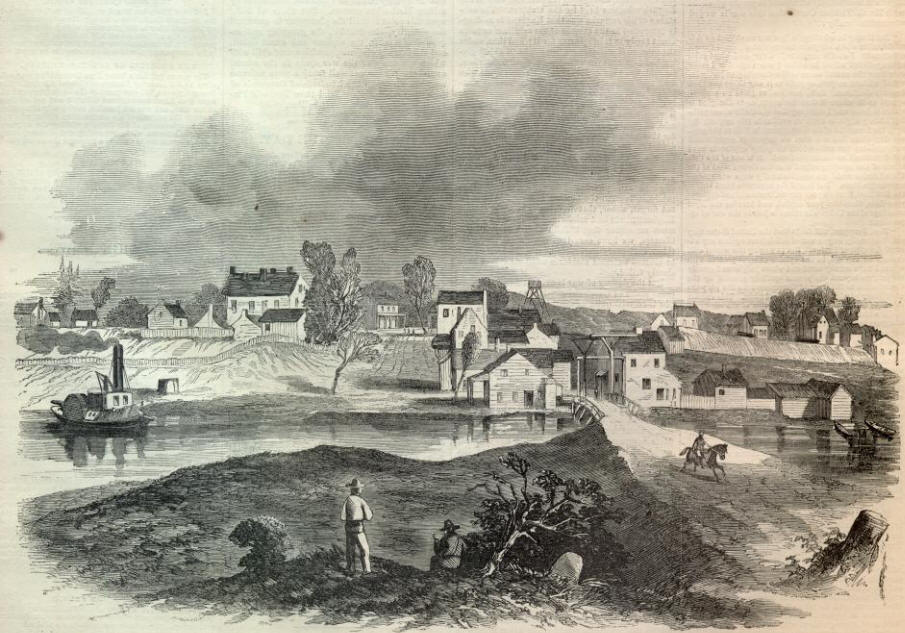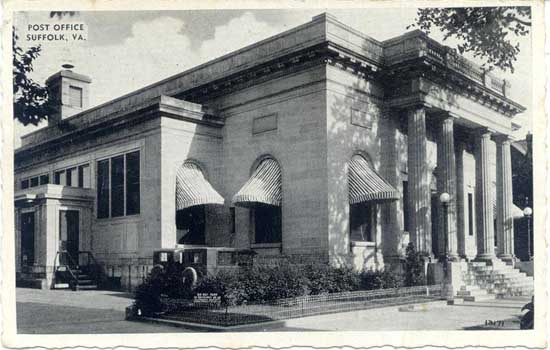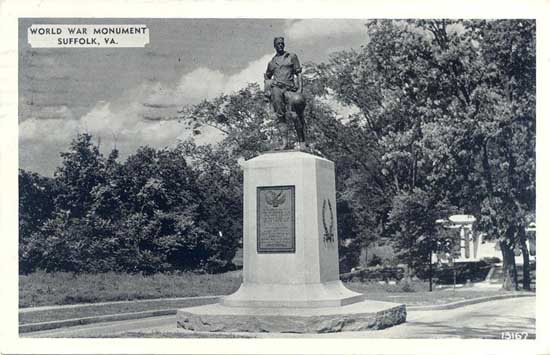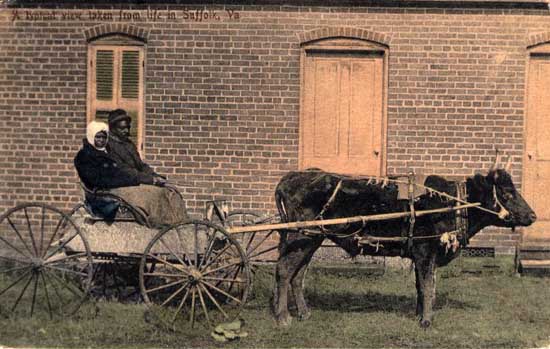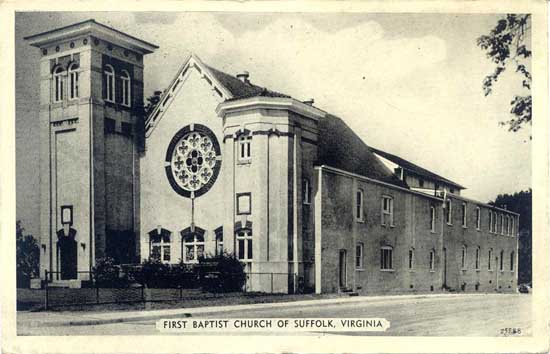Last semester I was shared a link to a video clip about Andy Warhol and more specifically his work of the Silver Car Crash (Double Disaster) painting. In this video Sir John Richardson and Tobias Meyer from the Stheby's Worldwide Head of Contemporary Art discuss the religious influence - specifically Catholicism, that Warhol used in this painting and in other paintings as well. I found this interesting because my project's focus will be Catholicism and what I have taken out of it and have put into my daily life. I never knew that Warhol was a Catholic AND a devout one at that. When I think of Warhol, I generally go straight to commercialism and more superficial things, but leave it to one of the greats to have such depth in something that seems shallow on the surface. I am thinking of using the repetitiveness I see in some of his work and possibly use it in my own with arrangement of some of my images. I'm playing with one idea at the moment, but am still very much at the beginning stages of the process.
Here's the short link, if anyone is interested:
http://www.sothebys.com/en/news-video/videos/2013/10/Warhol-Silver-Car-Crash-Double-Disaster-1963-A-Conversation-with-Sir-John-Richardson.html
And the Disaster painting I am referring to:
Monday, January 27, 2014
Weekly Post by Alli. Suffolk, VA
As you guys know i've been working on this project in Suffolk, VA. Now along with taking photographs i'm working on trying to learn the history on Suffolk
I found this photo on a Civil War website, sonofthesouth.net while doing some research. Heres the text to follow: "THE view of SUFFOLK, Virginia, which we publish on page 276, possesses some interest just now in consequence of the attack of the rebels under Longstreet. The place has been fortified, and is held by a considerable force of Union troops under General Peck, who, it is said, feels satisfied of his ability to maintain himself. Suffolk is a small, filthy town of great antiquity, small population, little trade, and a great deal of Virginia dirt and Virginia pride."
I have also learned that Suffolk is 430 square miles of land, woods, lakes, rivers, and terrain. It was orginially inhabited by Native Americans in 1609, but in 1742 it was named after the Suffolk County in England by English settlers. It became a city in 1910 and the present city of Suffolk in 1974. It it taken up by the towns of Holland, Whalleyville, and the County of Nansemond. It's the largest city in Virginia and the 11th largest city in the country. In 1912, an Italian immigrant named Amedeo Obici moved from Pennsylvania to Suffolk and opened Planters Nut and Chocolate Company. Today, Suffolk remains a major peanut processing center and transportation hub.
Suffolk Seal
"The seal showcases important founding dates: 1646 for Nansemond County, 1742 for Suffolk, and 1974 for the consolidated City of Suffolk. Also, the tractor represents our agriculture, the helmet our history, the fish for recreation,the gears for industry, and the peanut signifies the importance of the crop."
Suffolk Mace
Adopted as official city regalia in 1978, this Mace was presented by the governing body of the town of Ipswich, Suffolk County, England, to commemorate our historic relationship.
Sunday, January 26, 2014
Weekly Post: Elena Shumilova
These wonderful photographs by Elena Shumilova plunge the viewer into a beautiful world that revolves around two boys and their adorable dog, cat, duckling and rabbit friends. Taking advantage of natural colors, weather conditions and her enchanting surroundings, the gifted Russian artist creates cozy and heartwarming photography that will leave you amazed.
The boys in the photographs are the photographer’s sons and the animals belong to the farm she runs. “I largely trust my intuition and inspiration when I compose photos. I get inspired mainly by my desire to express something I feel, though I usually cannot tell exactly what that is” Shumilova explained to BoredPanda.
Rural settings, natural phenomena and the changing seasons seem to be the greatest stimuli in her works. “When shooting I prefer to use natural light – both inside and outside. I love all sorts of light conditions – street lights, candle light, fog, smoke, rain and snow – everything that gives visual and emotional depth to the image,” the photographer said.
Shumilova told us her passion for photography manifested in early 2012 when she got her first camera. As a mother who doesn’t want to miss out on her growing children, she says she shoots every day and processes the images at night.
Thursday, January 23, 2014
Portraits of Americans Who Have Converted to Islam
Boston-based photographer Claire Beckett‘s The Converts is a series of portraits of individuals who have converted to Islam. A mix of recent converts and long-time practicing Muslims, Beckett says her subjects are predominantly American with the exception of a couple who have immigrated to the U.S. Beckett explores the relationship between the American and Muslim world, asking the questions, “What does it mean to be an American? Who are we as a people, and how do we define ourselves? How do we understand our country in relation to other nations and cultures?” She asks these questions within a society that has constructed the American and Muslim as opposites, interested in the experiences of those who “have traversed this imagined line.”
I found this article interesting given that I'm exploring my own culture and religion and kind of beginning to see the contrast between being an American and a Latin-American and Catholic. It's interesting to see that we continue to give ourselves titles in order to define who we are as people in the first place, when in most cases we try to free ourselves from titles like latin, black, white, girl, boy, man, woman and yet we need these titles in order to find our identities different from one another. I for one hate to be called something that I'm not owning myself - like a bitch or feminist, but yet I still find myself playing those roles once in a while. I enjoyed Beckett's style in portraiture and seeing the entire figure and dress of the people photographed. Seeing them in their own setting lead me to get a much deeper insight into who they are individually as humans and specifically as a Muslim.
I found this article interesting given that I'm exploring my own culture and religion and kind of beginning to see the contrast between being an American and a Latin-American and Catholic. It's interesting to see that we continue to give ourselves titles in order to define who we are as people in the first place, when in most cases we try to free ourselves from titles like latin, black, white, girl, boy, man, woman and yet we need these titles in order to find our identities different from one another. I for one hate to be called something that I'm not owning myself - like a bitch or feminist, but yet I still find myself playing those roles once in a while. I enjoyed Beckett's style in portraiture and seeing the entire figure and dress of the people photographed. Seeing them in their own setting lead me to get a much deeper insight into who they are individually as humans and specifically as a Muslim.
Monday, January 20, 2014
Film Is Not Dead: A Digital Photographer's Guide To Shooting Film
I have been trying to find a copy of this book for a while after having read a preview of it online, and about a week into winter break I found one. The title of the book makes it's subject matter pretty self-explanatory, but unfortunately the book was pretty lackluster for me. The author, Jonathan Canlas is a professional wedding photographer who photographs his client's weddings on film. I did enjoy the small hints and tips that he provides for the reader, but my main hitch with the so-called "guide" is the fact that it's not much of a guide at all. The author begins by providing generally helpful things for shooting film, and does seem to help a digital photographer understand what it would take to make the transition, but very quickly heads towards very specific, gear-centered talk. In the beginning, Canlas makes a conscious effort to sway the reader to believing that film is better by stating facts that he believes makes film superior. The fact that there's not chimping on a film camera will help you think more. The fact that each frame costs money causes you to compose better. The dynamic range of film makes it hard to blow highlights and to crush shadows. He even points out the fact that film gear is becoming cheaper and cheaper by the day, and all of these things sound like very enticing facts. I do have a problem with the fact that he states that there is no DSLR on the market with a leaf shutter, when there is the Mamiya 645DF+ that can operate with a leaf shutter, and I'm sure there are others, but we all make mistakes. Canlas' biggest mistake was mentioning that he owns a Contax 645. From this point on in the book it's all he really talks about. I love a good camera as much as the next guy, but after this point in the book, prepare for him to just spout on and on about his Contax 645. He does address other types of cameras, and even gives a few tutorials addressing how to load film into cameras like the Mamiya Press/Polaroid 600SE or the Yashica Mat 124-G, but if you don't own a Contax 645 or any of the few other cameras he talks about, then you get the feeling pretty quickly that you don't actually care much about the second half of the book. I did enjoy his comparison and contrast of different pro film stocks, and his stressing of the importance of personal projects amidst being a professional, but overall, I was pretty let down by the book. The most useful part is being able to see the different characteristics of different film stock, be it instant, 120mm, B&W or Color. He gives some good recommendations as to where to buy film online as well. On the other hand he tells you some very expensive ways to have film developed and scanned and gives a very inaccurate representation of what a film stash should be like if the target audience is a digital photographer. Telling the reader that having two fridges full of film stock is wishful thinking. Overall, I think Canlas is stuck in his pro wedding photographer business with his Contax, and sets the bar a little high for a digital shooter converting to film. At least you get to see some pretty nice film images along the way.
Subscribe to:
Posts (Atom)

